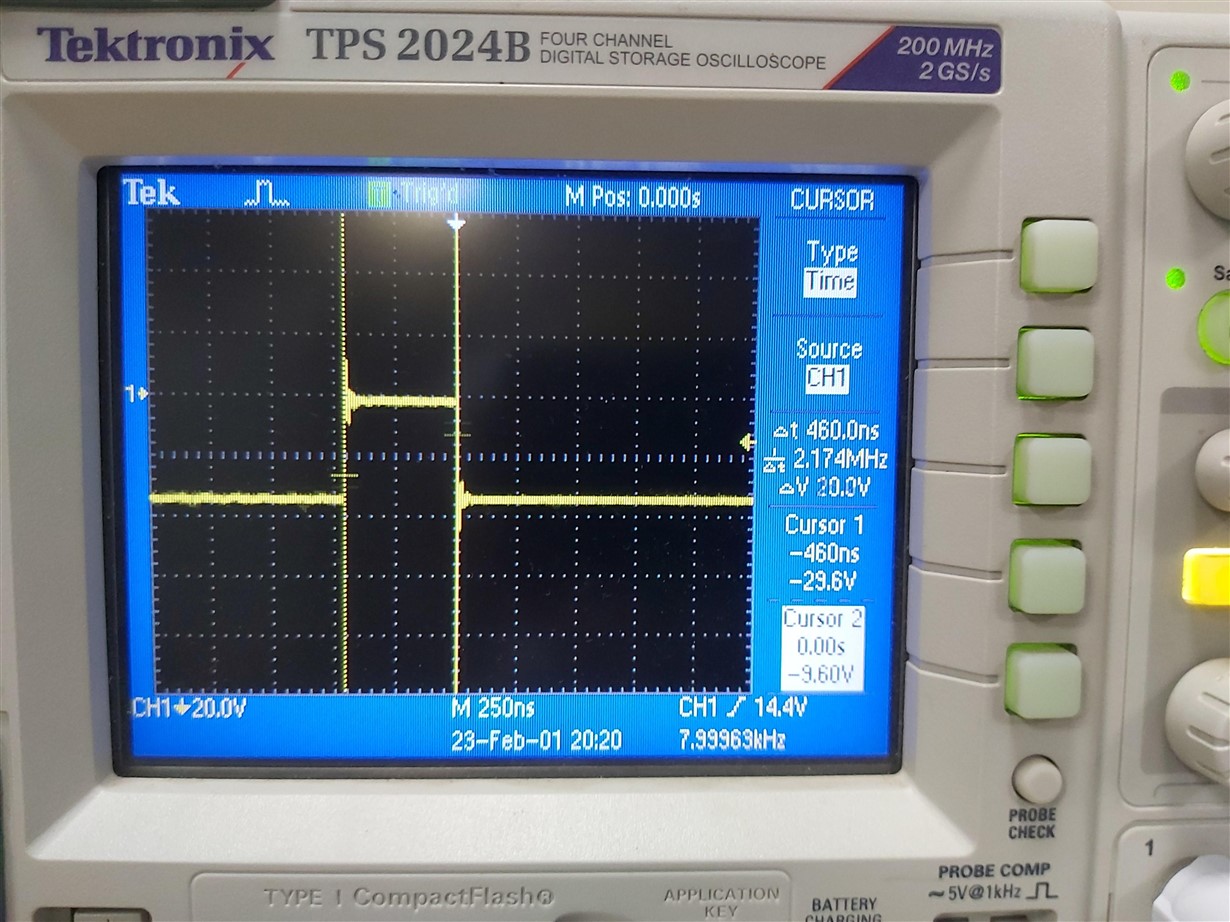Other Parts Discussed in Thread: CONTROLSUITE, C2000WARE,
Hi,
I am working on a program having more than 70 trigonometric functions (Sine, Cosine mostly).
I am trying to run the program at 50 microseconds ISR.
I checked the execution time of IQSine, IQSinPU, sin are 530 ns, 460 ns and 460 ns respectively.
Execution of trigonometric functions taking much time in my program, 70-80% of my ISR time.
I am already using ramfuncs for faster execution.
Is there any way to increase the execution speed of trigonometric functions.











